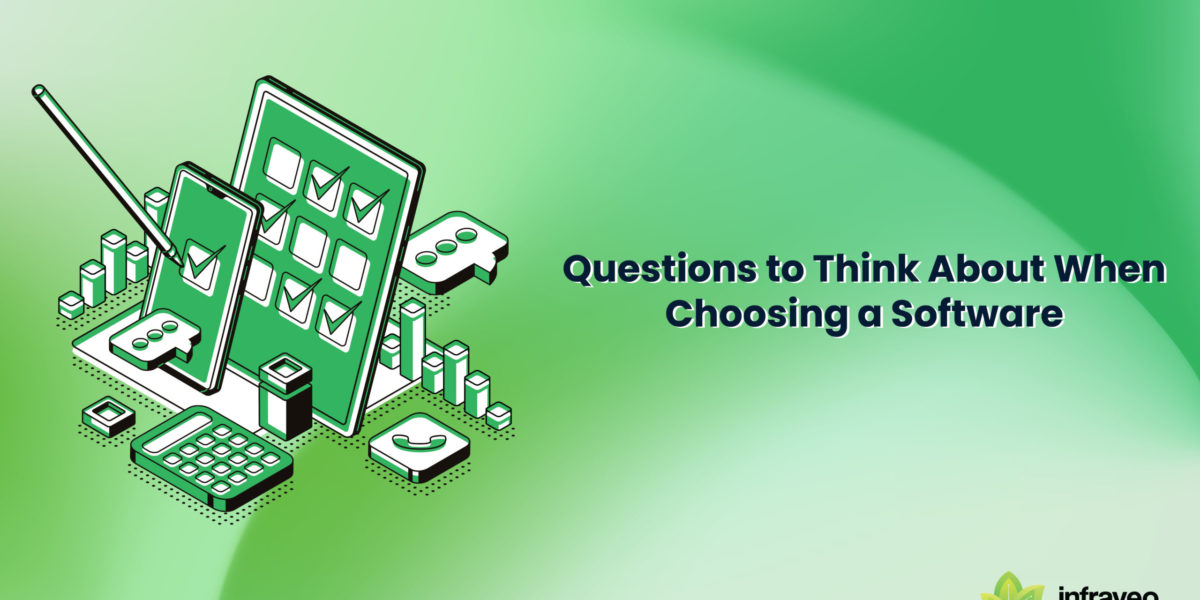Introduction
Sustainability is a word that gets thrown around a lot these days. It’s usually used as an objective, but I think it’s important to remember that it’s not just about the environment and the dawn of a new age. Sustainability is also a business goal—not only in terms of protecting our planet but also in ensuring your organization can continue to thrive financially.
Balance between sustainability and profitability
In a world that’s increasingly driven by data, it’s critical to understand how sustainability and profitability can be balanced. Sustainability is important, but profitability is also essential for businesses large and small. At the same time, both goals should be achieved in harmony with each other rather than at cross purposes. Sustainable business practices can help your company increase profits by reducing waste and increasing efficiency—but only if you’re able to manage costs effectively.
Worthy goals for a data center operation
When considering the potential benefits of sustainability, it’s important to calculate potential trade-offs. Carbon emissions are one such issue. Whether you’re looking at power generation or IT equipment, reducing carbon emissions can have a dramatic impact on your business. An organization might choose to purchase renewable energy sources. This will reduce the amount of CO2 released into the atmosphere and contribute towards climate change mitigation efforts targeted at preventing global warming from reaching dangerous levels.
Similarly, water usage should be considered when weighing up these options: there are many ways that data centers can conserve this resource—often by recycling water used in cooling towers and taking advantage of natural evaporation cycles.
Hyperscale data centers
Data centers are no longer just old-school facilities with racks of servers. The new trend is to use hyperscale data centers, which are enormous facilities that use the latest technology. It allows multiple servers to work together in order to create a highly efficient data center. These facilities are capable of scaling as needed in both the horizontal and vertical planes. This means they can handle the demands of increasing traffic on their networks.
The reason these facilities are so important is because they allow companies to keep up with the pace of change in technology and business models. While, still operating at a speed that can’t be matched by smaller operations. They also allow companies to expand their reach across multiple continents very quickly—something impossible before this technology was around.
Possible to purchase more sophisticated equipment and facilities?
As you consider data center operations, it’s important to keep in mind that increased efficiency typically means increased capital expenditure. Data center operators must carefully weigh this additional upfront expense against future savings on energy costs and other expenditures. These trade-offs can be difficult to evaluate, especially when you factor in the fact that many of the potential impacts of data center operations might not be realized until well into the future.
Therefore, it’s important for facility managers and senior executives alike to understand their costs before making decisions about where their organization should invest its money—and how much they should spend on equipment upgrades or greenfield projects like Edge Connectivity Centers (ECCs).
Does achieving sustainability mean sacrificing profitability?
Sustainability is critical for data centers in a world focused on carbon emissions and water usage. However, it’s important to understand where your operation stands before making a commitment and pinpointing areas for improvement.
As part of the Edge Connectivity Consortium (ECC), IBM is committed to advancing data center infrastructure technologies that help customers improve their operations while lowering costs and reducing environmental impact.
Sustainability is crucial when it comes to data centers.
Data centers are an important part of modern life. But when it comes to sustainability, data centers have a lot to learn. In fact, they have an obligation to be more sustainable than any other industry.
That’s because data centers are responsible for the transmission of large amounts of information. That means, they have a huge impact on our daily lives. Whether it’s the electricity consumed by a single server or networked devices like computers and smartphones, or the carbon emissions from factories in that produce materials for these devices—data centers make up a very small part of our CO2 footprint but a large one nonetheless! Data centers are responsible for a large percentage of the energy used by businesses. So, they need to be sustainable if they want to avoid being blamed for climate change. Data center operators need to balance profitability with sustainability. But, you can’t do this without knowing what your facility’s carbon footprint looks like.
Conclusion
Sustainability is a critical topic for data centers in a world focused on carbon emissions and water usage. The need to increase efficiency is apparent. But sustainability can also be met by increasing profits through innovation and implementing next-generation technologies. This has become a top priority for many organizations across all industries. So, it’s important that your company stays ahead of the curve by investing in new technology that will help you reach these goals. Achieving sustainability doesn’t mean sacrificing profitability, but it’s important to understand where your operation stands before making any commitments or pinpointing areas for improvement.




